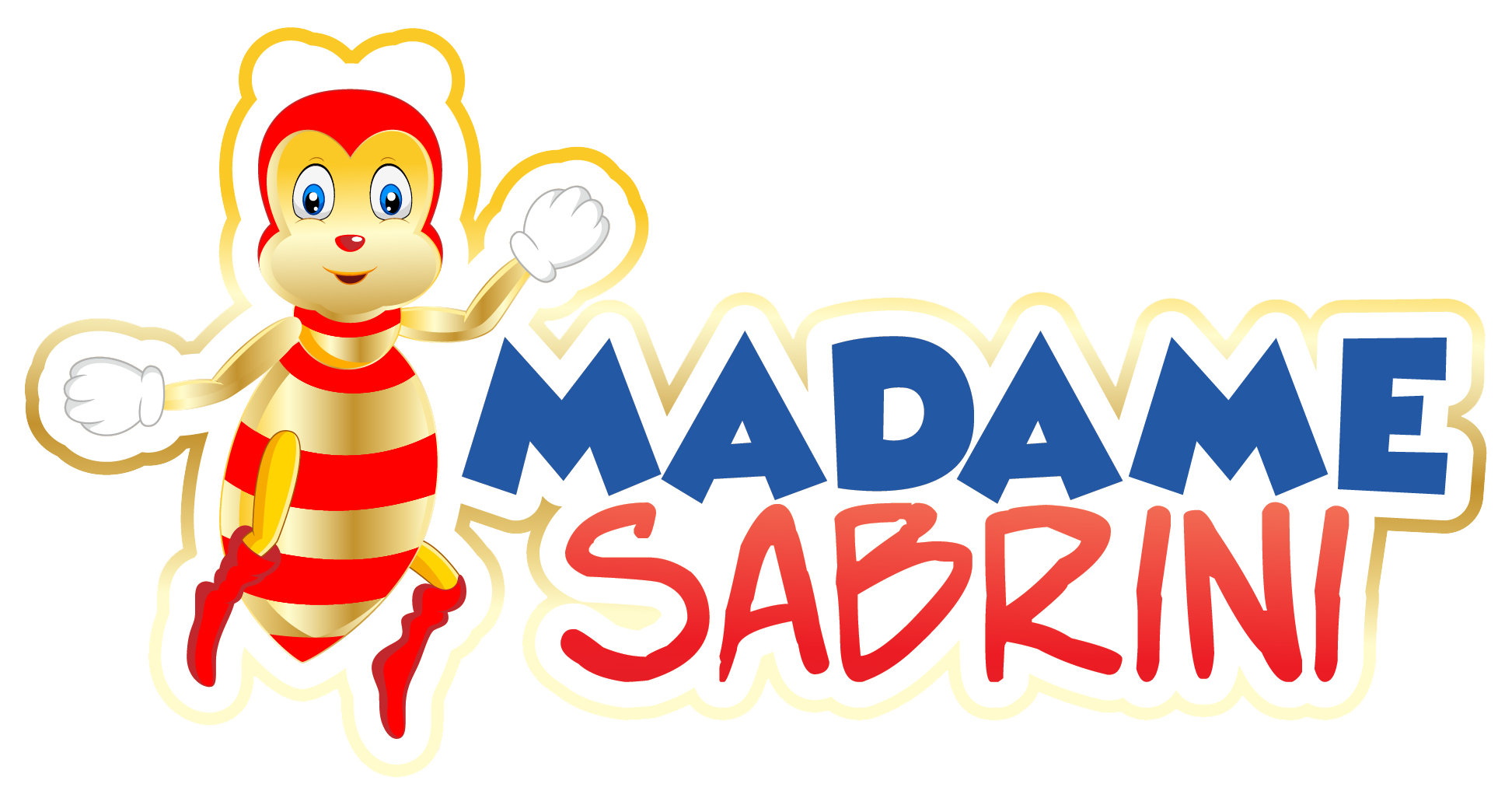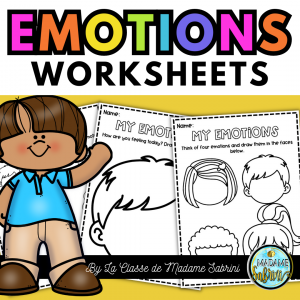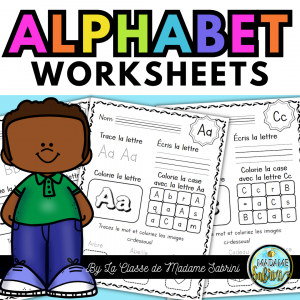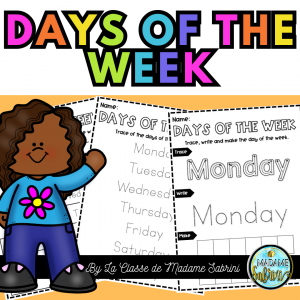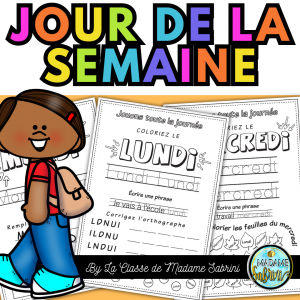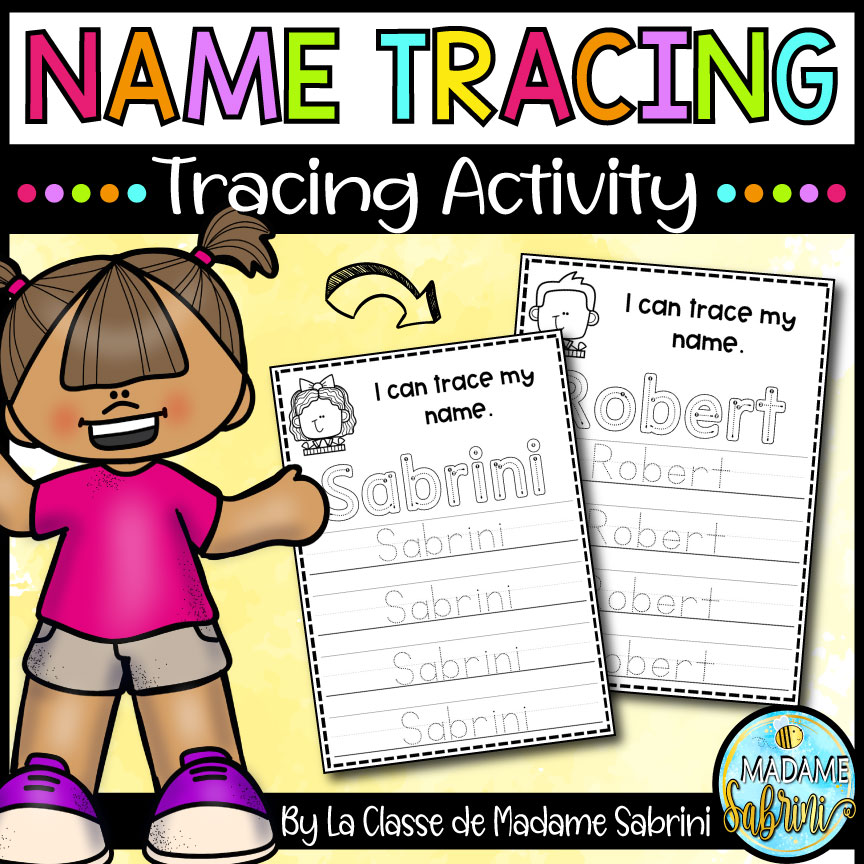
Name Tracing Activity
Sign up for my free name tracing activity
Do you love free stuff?
Name Tracing Activity
Sign up for my free name tracing activity
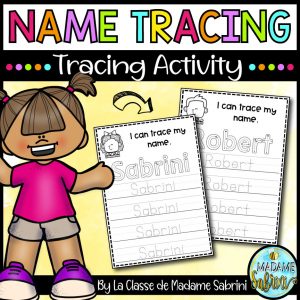
- All Post
- Alphabet
- Centers
- Fine Motor and Crafts
- Literacy
- Math
- Phonics
- Teacher Tips
- Back
- Centers
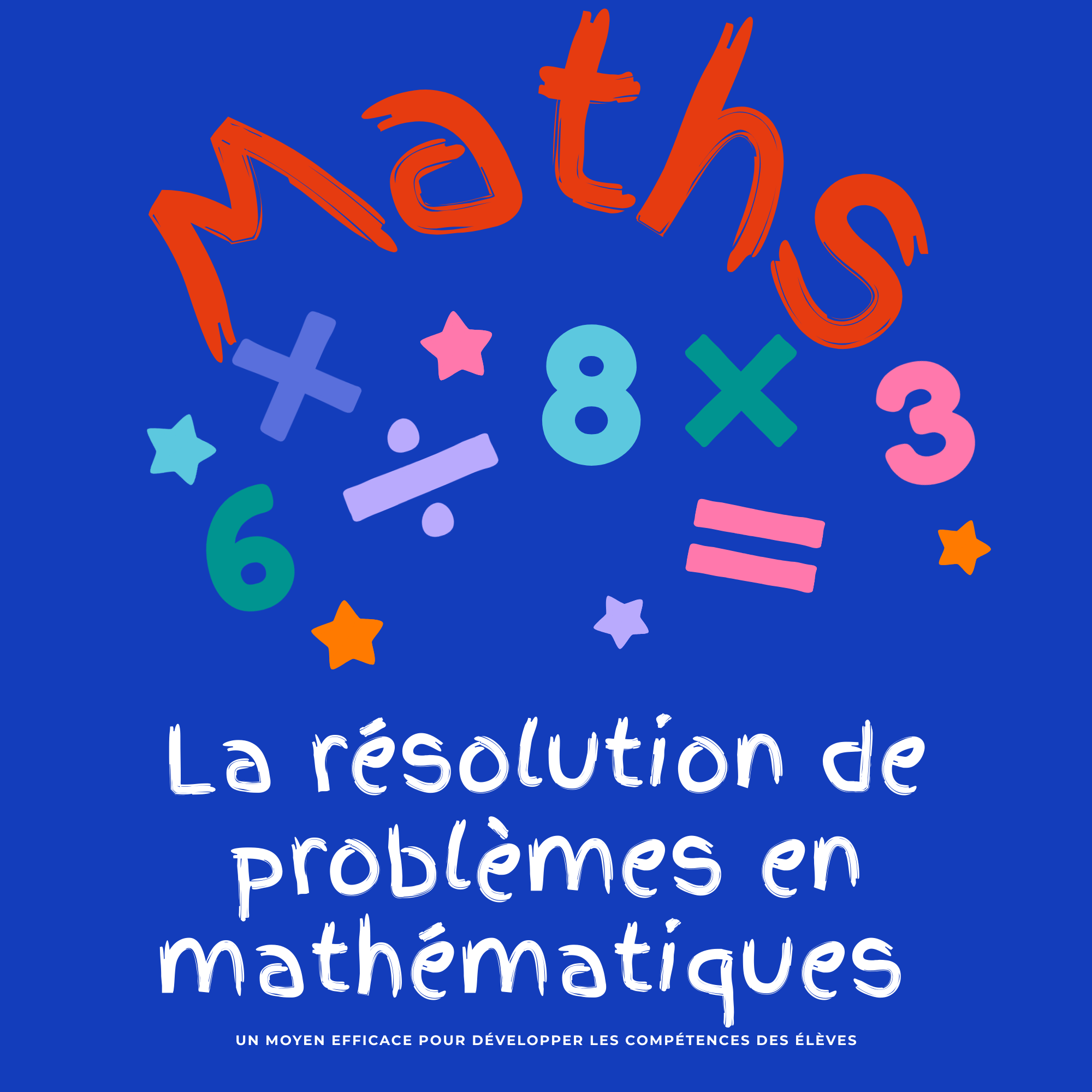
La résolution de problèmes est au cœur de l’apprentissage des mathématiques. Elle ne se limite pas à trouver la bonne réponse : elle engage les élèves dans un processus de réflexion, d’analyse et de raisonnement logique. Pour les enseignants, intégrer la résolution de problèmes dans les pratiques pédagogiques est une stratégie efficace pour développer la pensée critique et la confiance des élèves dans leurs capacités mathématiques. Pourquoi la résolution de problèmes est-elle essentielle ? Développement des compétences cognitivesEn travaillant sur des problèmes mathématiques, les élèves apprennent à identifier les informations pertinentes, à organiser leurs idées et à appliquer des stratégies variées pour trouver des solutions. Ces compétences vont bien au-delà des mathématiques : elles renforcent la capacité à réfléchir de manière structurée face à toute situation complexe. Renforcement de la compréhension conceptuelleLes élèves qui se contentent de mémoriser des formules ont souvent du mal à appliquer leurs connaissances dans des...
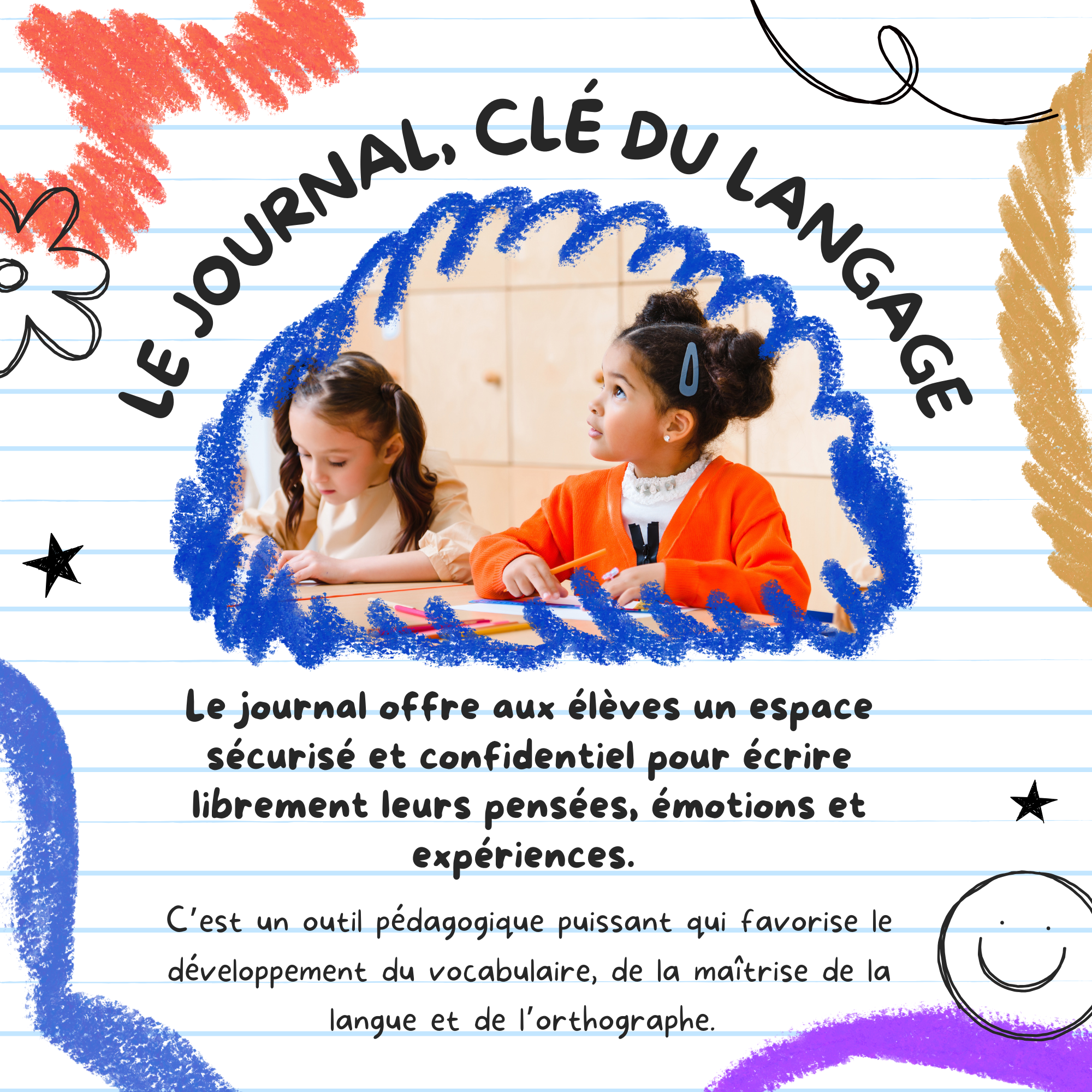
Le journal personnel : un outil efficace pour le développement du langage et de l’apprentissage Le journal personnel est bien plus qu’un simple carnet où l’élève raconte sa journée. C’est un outil pédagogique puissant qui favorise le développement du vocabulaire, de la maîtrise de la langue et de l’orthographe. Enseignants et parents peuvent tirer de grands bénéfices de sa pratique régulière, tant sur le plan scolaire que sur le plan personnel. 1. Le journal personnel, un espace pour s’exprimer librement Le journal offre aux élèves un espace sécurisé et confidentiel pour écrire librement leurs pensées, émotions et expériences. Cette liberté d’expression les incite à réfléchir et à formuler leurs idées avec leurs propres mots. Contrairement aux exercices scolaires classiques, le journal n’est pas évalué sur le “bon” ou “mauvais” résultat, ce qui réduit la pression et encourage l’expérimentation linguistique. Pour les enseignants, cela représente une opportunité unique d’observer le développement...
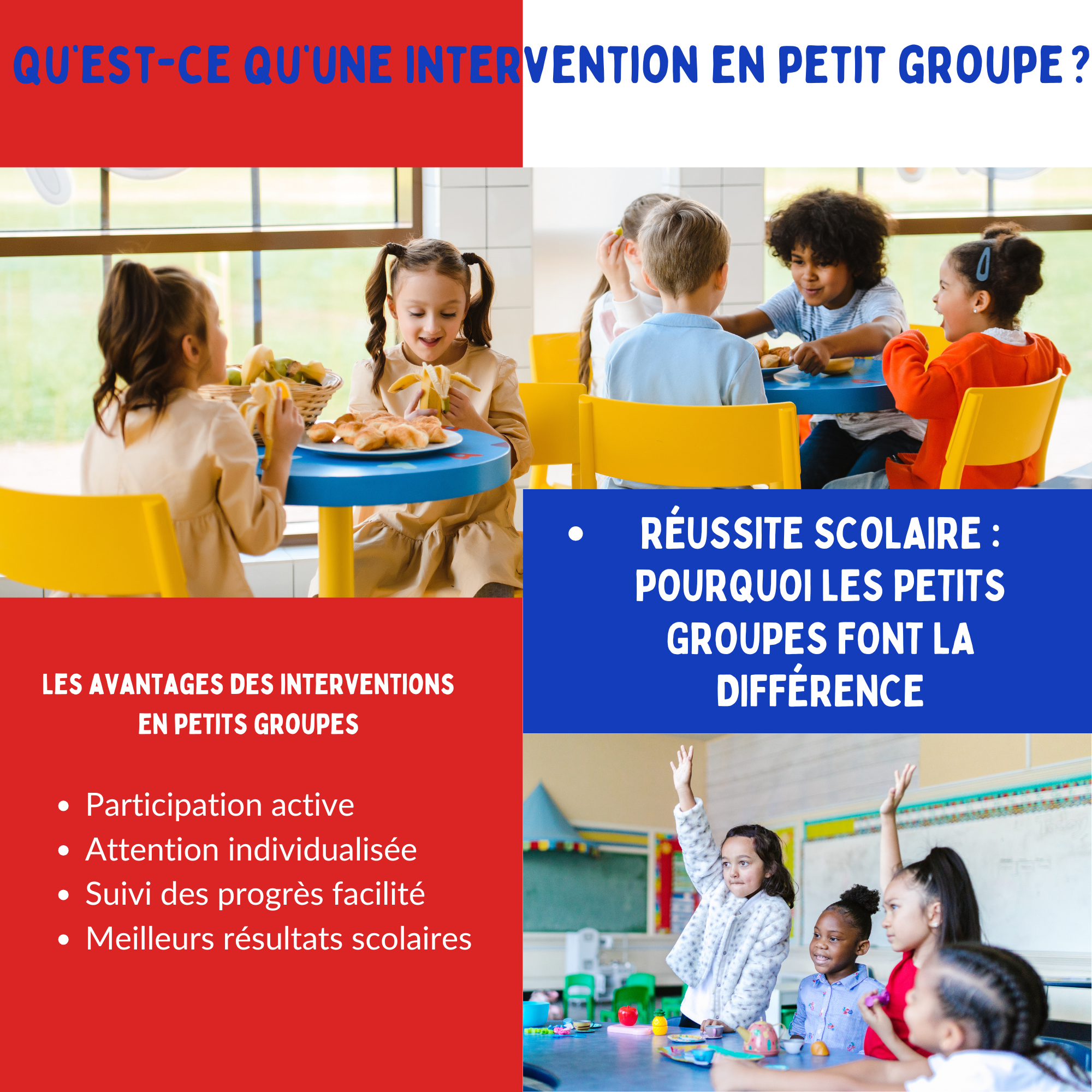
Améliorer l’apprentissage grâce aux interventions en petits groupes L’apprentissage en milieu scolaire est un processus complexe qui varie énormément d’un élève à l’autre. Chaque enfant possède ses propres forces, faiblesses et rythmes d’apprentissage. Dans ce contexte, les interventions en petits groupes se révèlent être une stratégie particulièrement efficace pour soutenir les élèves et améliorer leurs performances scolaires. Mais qu’entend-on exactement par « interventions en petits groupes » et pourquoi sont-elles si bénéfiques ? Qu’est-ce qu’une intervention en petit groupe ? Une intervention en petit groupe consiste à regrouper un nombre restreint d’élèves, souvent entre 3 et 6, pour travailler sur des objectifs pédagogiques spécifiques. Contrairement à l’enseignement en classe entière, cette approche permet à l’enseignant de cibler des besoins précis, d’adapter le rythme de l’enseignement et de proposer des activités différenciées. Ces groupes peuvent être formés selon différents critères : Niveau de compétence : les élèves ayant des difficultés similaires peuvent travailler...
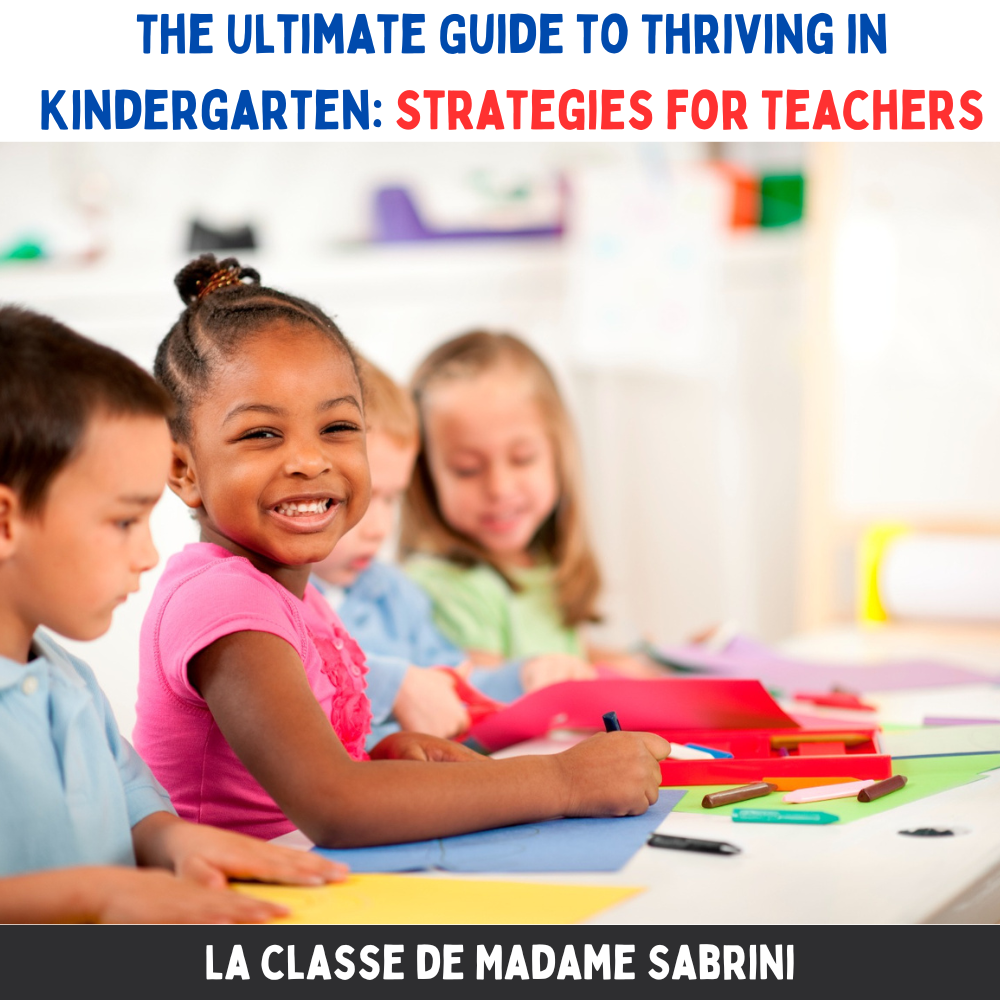
Welcome to your go-to resource for mastering the art and science of kindergarten! Teaching at this level is as much about education as it is about nurturing growth and development in our youngest learners. It’s a magical time of exploration and excitement, not just for the kids but also for you, the teacher. The secret sauce to a thriving kindergarten classroom? A balance between structured education and the unique developmental needs of children. Let’s dive into how you can create that perfect harmony, ensuring your classroom is a space where every child feels engaged, understood, and supported. 1. Building a Positive Classroom Environment 1.1 Classroom Management Tips Setting clear expectations: Begin by establishing what you expect from your students – not just in terms of behavior but also in their eagerness to learn and participate. Make these expectations clear from day one and revisit them often. The role of routines in...
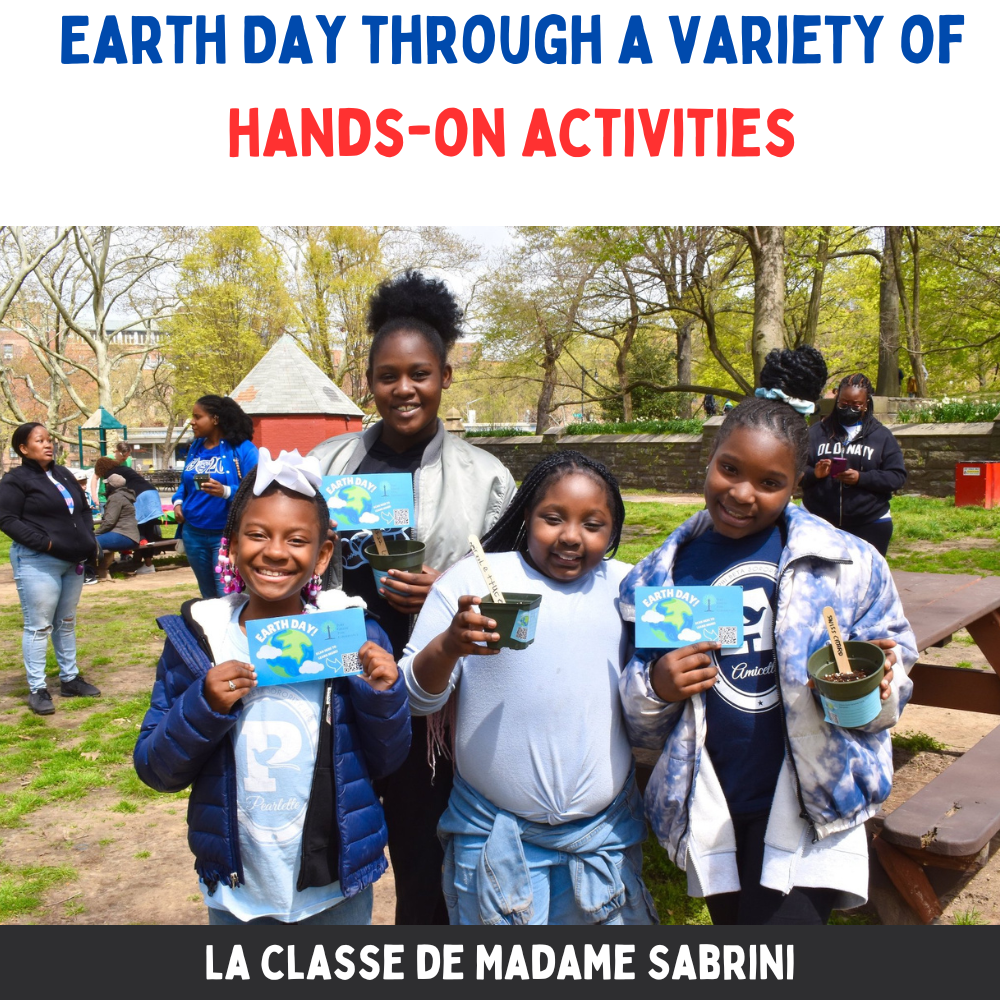
Teaching kindergarteners about Earth Day through a variety of hands-on activities can be both fun and educational. Start by gathering the children together and introducing the concept of Earth Day in simple terms, explaining that it’s a special day when people all around the world celebrate our planet and learn how to take care of it. For a craft activity, engage the children in creating recycled art. Provide a variety of recycled materials such as cardboard, paper rolls, bottle caps, and fabric scraps, along with glue, scissors, and markers. Encourage them to use their creativity to make artwork using these materials, reinforcing the idea that recycling is important for preserving our environment. Hand out coloring worksheets featuring a simple Earth outline and prompts such as “I promise to recycle” or “I promise to plant trees.” Let the children color the Earth and complete the sentences with their own promises...
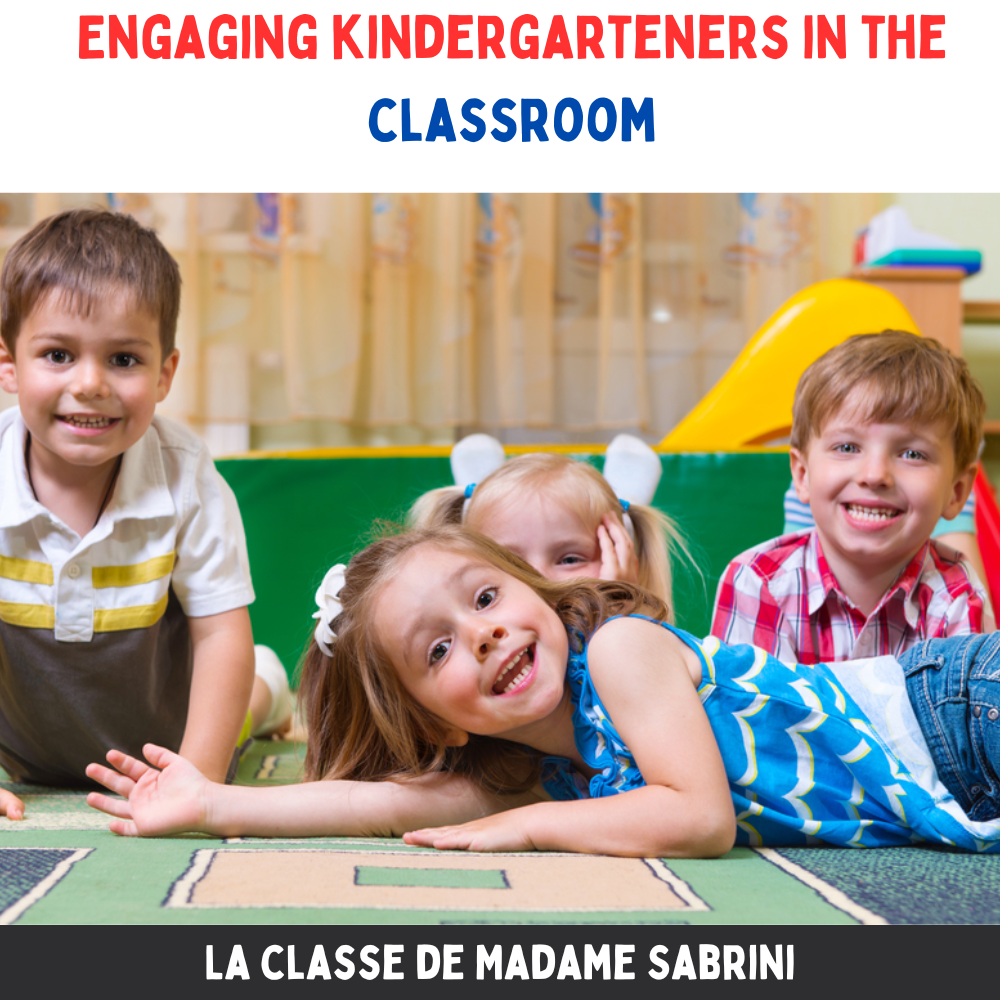
Engaging kindergarteners in the classroom is not only essential for their academic development but also for fostering a lifelong love of learning. As both teachers and parents, we play a crucial role in creating an environment that is stimulating, nurturing, and filled with opportunities for exploration and discovery. First and foremost, establishing a welcoming environment sets the tone for the entire learning experience. Greet each child with a smile and a warm welcome, making them feel valued and excited to be in the classroom. Providing cozy reading corners with soft cushions and a variety of age-appropriate books encourages children to explore the world of literature at their own pace. Assigning personalized spaces, such as cubbies or areas for their belongings, helps children feel a sense of ownership and belonging in the classroom. Incorporating hands-on activities is key to keeping kindergarteners engaged and excited about learning. Sensory play, such as...
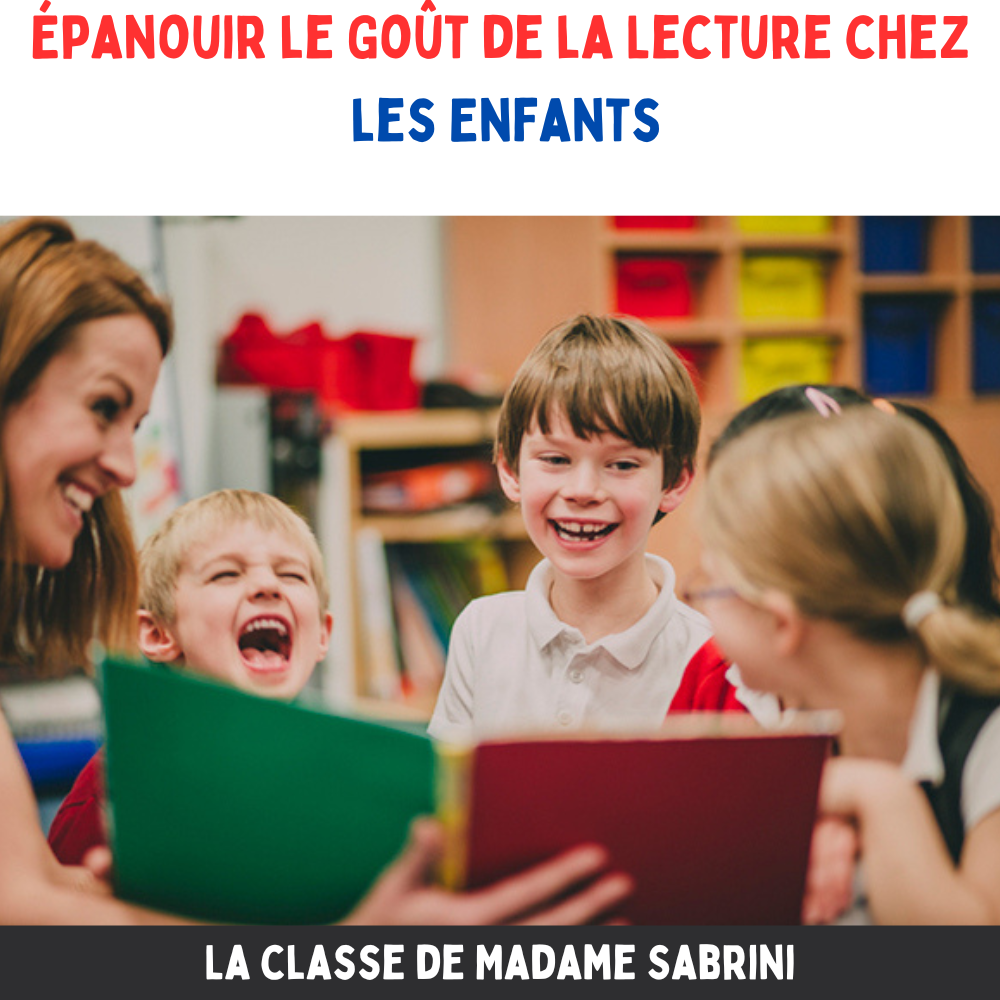
L’apprentissage de la lecture est une étape cruciale dans le développement des enfants. C’est une compétence fondamentale qui ouvre la porte à la découverte, à l’imagination et à la connaissance. Dans cet article, nous explorerons comment les enseignants et les parents peuvent collaborer pour aider leurs enfants à développer le plaisir de la lecture dès leur plus jeune âge. 1. Créer un Environnement Favorable à la Lecture Les parents et les enseignants ont un rôle essentiel dans la création d’un environnement propice à la lecture. À la maison, aménagez un coin lecture confortable avec une variété de livres adaptés à l’âge de l’enfant. En classe, assurez-vous que la bibliothèque est bien fournie et encouragez les élèves à emprunter des livres régulièrement. 2. Modéliser le Comportement de Lecteur Les enfants apprennent beaucoup en observant les adultes qui les entourent. Les enseignants et les parents peuvent donc jouer un rôle...
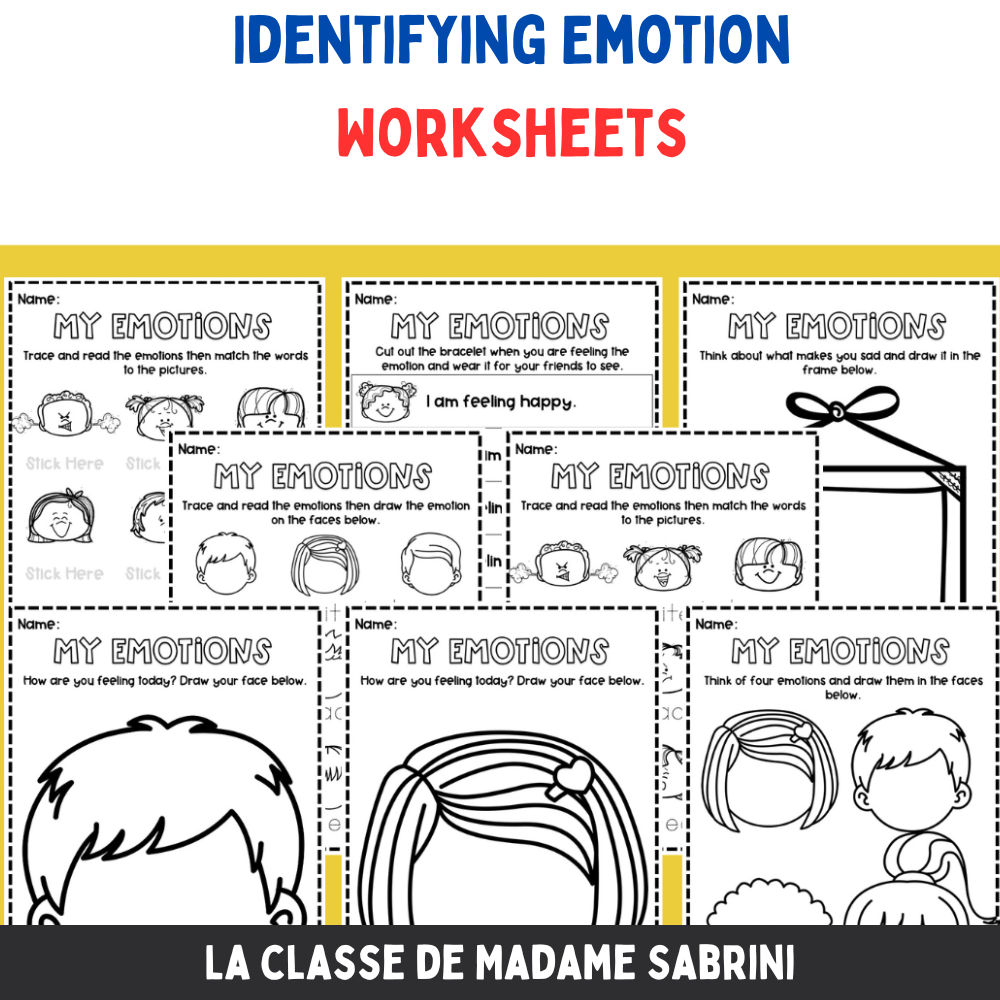
Teaching children about emotions is an essential part of their social and emotional development. However, it can often be challenging to find the right resources and tools to effectively teach this concept to young learners. That’s why we have created our emotions worksheets for kindergarten students. These worksheets are designed to make learning about emotions easy, fun, and interactive. With a variety of activities and exercises, these worksheets will help children recognize and understand their own emotions as well as those of others. Let’s dive in and see how our emotions worksheets for kindergarten can help your child develop a better understanding of their feelings. Understanding the Importance of Emotion Recognition in Children Emotion recognition is a fundamental skill that plays a crucial role in a child’s overall development. It allows children to understand and navigate their own emotions, as well as interpret and respond to the emotions of others....
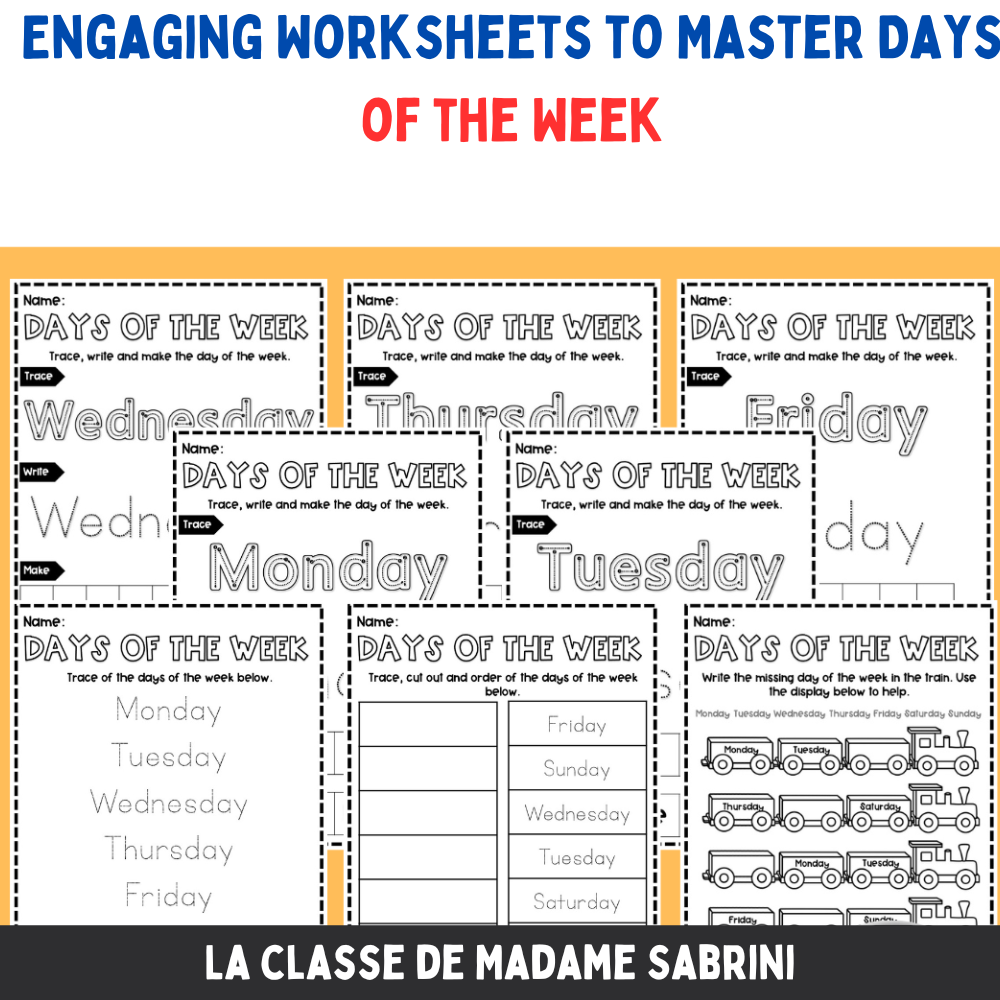
Welcome to the world of fun-filled learning for your little ones! As a parent or teacher, you know how important it is to engage children in interactive and educational activities. That’s why we are excited to introduce you to Days of the Week Worksheets for Kindergarten. These worksheets are a great way to help your child learn the days of the week while having fun at the same time. In this blog post, we will explore the many benefits of using these worksheets and how they can make learning a more enjoyable experience for your kindergarten students. What are Days of the Week Worksheets for Kindergarten? Days of the Week Worksheets for Kindergarten are a set of educational resources designed to help young children learn and practice the days of the week. These worksheets provide a fun and interactive way for children to engage with this important concept, allowing them...
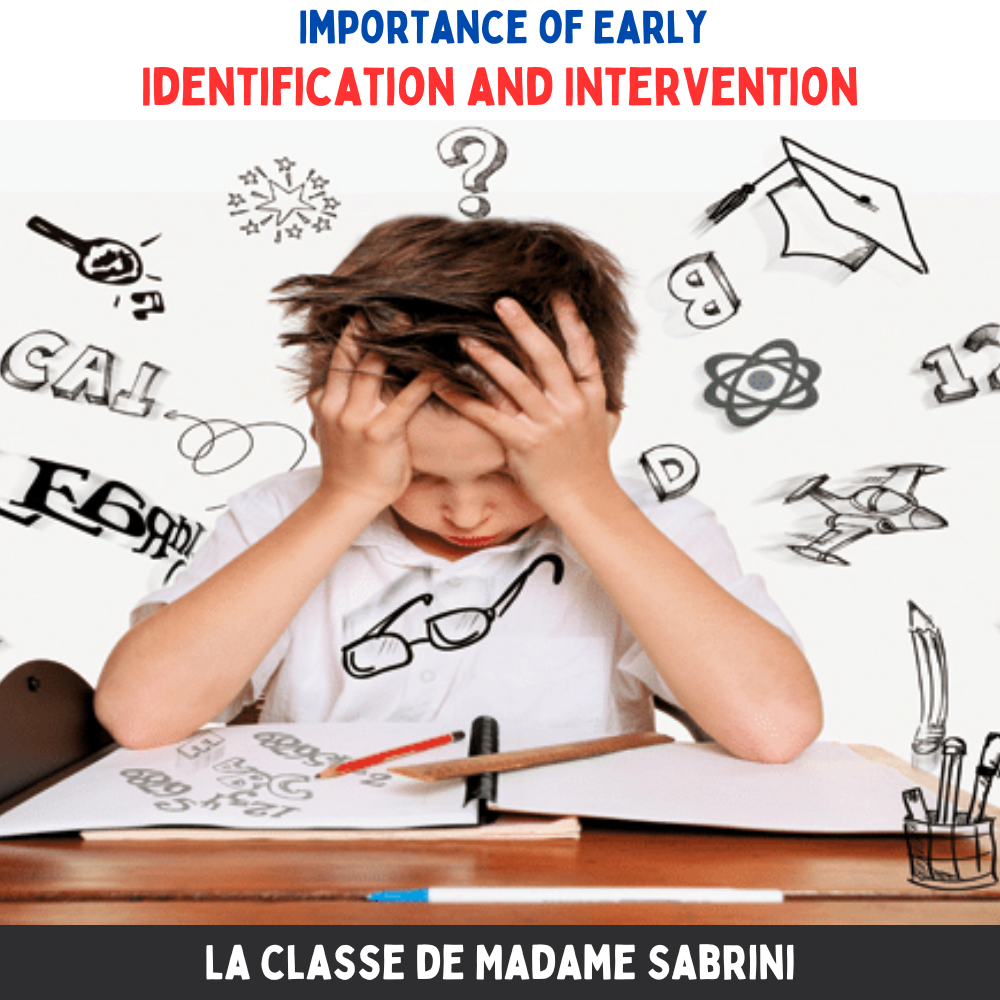
Students with adjustment and learning difficulties can face a range of challenges in the classroom. Despite this, these students often have great potential that can be unlocked with the right strategies. In this blog post, we’ll explore effective approaches for supporting and guiding these students, enabling them to reach their full potential. Read on to discover more about unlocking potential for students with adjustment and learning difficulties. Understanding Adjustment and Learning Difficulties Adjustment and learning difficulties can present significant challenges for students in the classroom. These difficulties can affect various aspects of a student’s academic performance, social interactions, and overall well-being. To effectively support and guide these students, it is crucial for teachers to have a deep understanding of their unique needs and the underlying causes of their difficulties. Students with adjustment and learning difficulties often struggle with processing information, organizing tasks, focusing, and retaining information. They may have difficulties...
Hot in the Shop

ALL WE'RE MISSING IS YOU!
Join us over on instagram for even more great resources, ideas, and teaching tips for kindergarten and early elementary teachers!
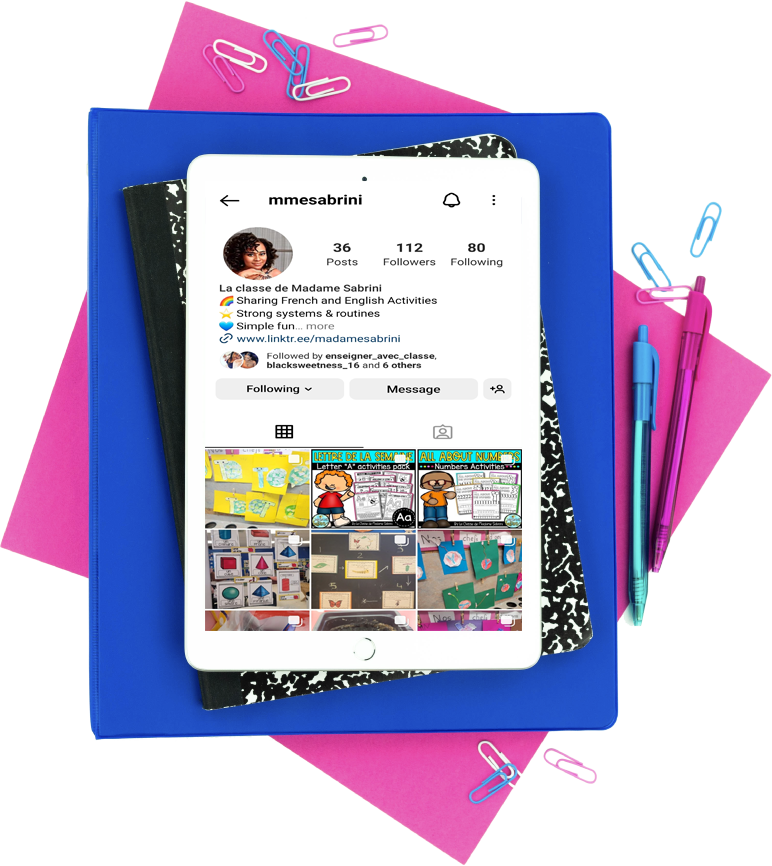
Welcome Friends!
My name is sabrini and I am the face behind La classe de madame sabrini. In my classroom, I love to make learning fun and engaging through hands-on activities and games. My goal is to help students develop a love for language and learning that will last a lifetime

